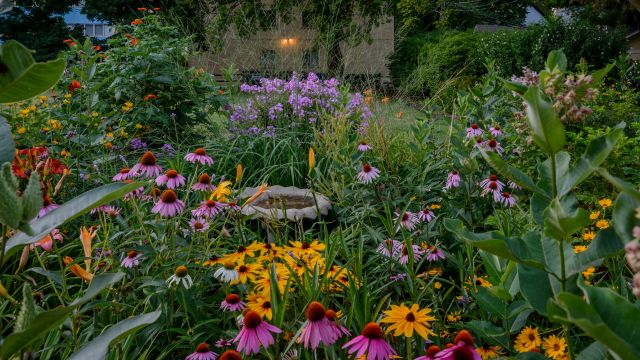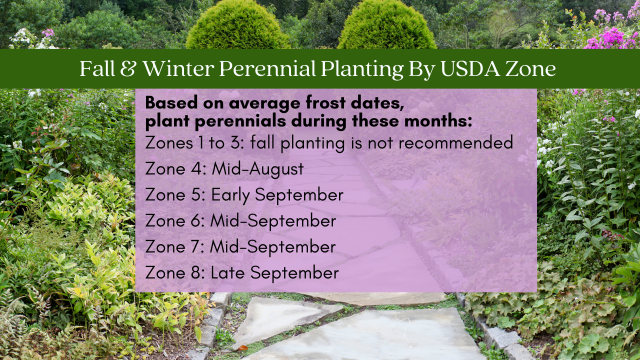
Late-summer and early fall is the best time of year to plant perennials if you live in zones that have a winter freeze. Fall planting forces the plant to put energy into root growth which builds a stronger plant with bigger blooms. The cooler days and nights also mean the plant doesn’t have to work as hard to stay cool or hydrated. The key is to give the plant enough time to get established before the first freeze. This article will teach you how to plant perennials in the fall (or winter if you live in warmer zones such as 8 to 10). So, roll up your sleeves, grab your gardening tools, and embrace the magic of fall planting!
Putting Down Strong Roots
One of the most compelling reasons to plant perennial flowers in the fall is the incredible boost it provides to root growth. During this time, the soil remains warm from the summer heat, creating the ideal environment for root establishment. As the air temperature cools down, plants shift their energy focus from producing flowers to building strong and extensive root systems.
One key thing to remember, though, you must keep the newly planted perennial well-watered. Most areas have less rainfall in the autumn so it’s up to you to provide that for your plant. After planting, use a thick layer of mulch to retain moisture (keep away from plant stem). Then when you water, use a gentle soaking stream of water about 3” away from the plant (but all the way around it) so the roots will reach down and out to get to the water. Do not fertilize the plant because this encourages leaf and blossom growth.
Choosing the Right Plants

Many cold hardy perennials, shrubs and trees are excellent candidates for fall planting. In general, plants with USDA cold hardiness ratings of 4, 5, and 6, are the best candidates for fall transplanting in cold winter climates. Be sure to choose healthy plants with lots of roots. Before planting, trim off broken branches or blossoms.
Once planted, treat like a regular transplant. Do not cut back before winter but you can trim any dead growth off in the spring. If the area where you plant will not get good snow cover, cover with straw or mulch after the first hard freeze. This will ensure the plant will not grow more but will protect the new root system.
Planting Time by USDA Hardiness Zones
To make the most of fall planting, it’s essential to consider the best times based on your USDA Hardiness Zone. You must plant at least six weeks before your typical first frost or freeze date. Find your zone on this map or by inputting your zip code into the USDA website (here):

The Promise of Future Blooms
When you plant perennial flowers in the fall, you are essentially making an investment in your garden’s future beauty. While these newly planted perennials may not display an abundance of blooms immediately, they are quietly preparing for a spectacular show in the next growing season. Come spring, the well-established roots will support vigorous growth and abundant flowering.
